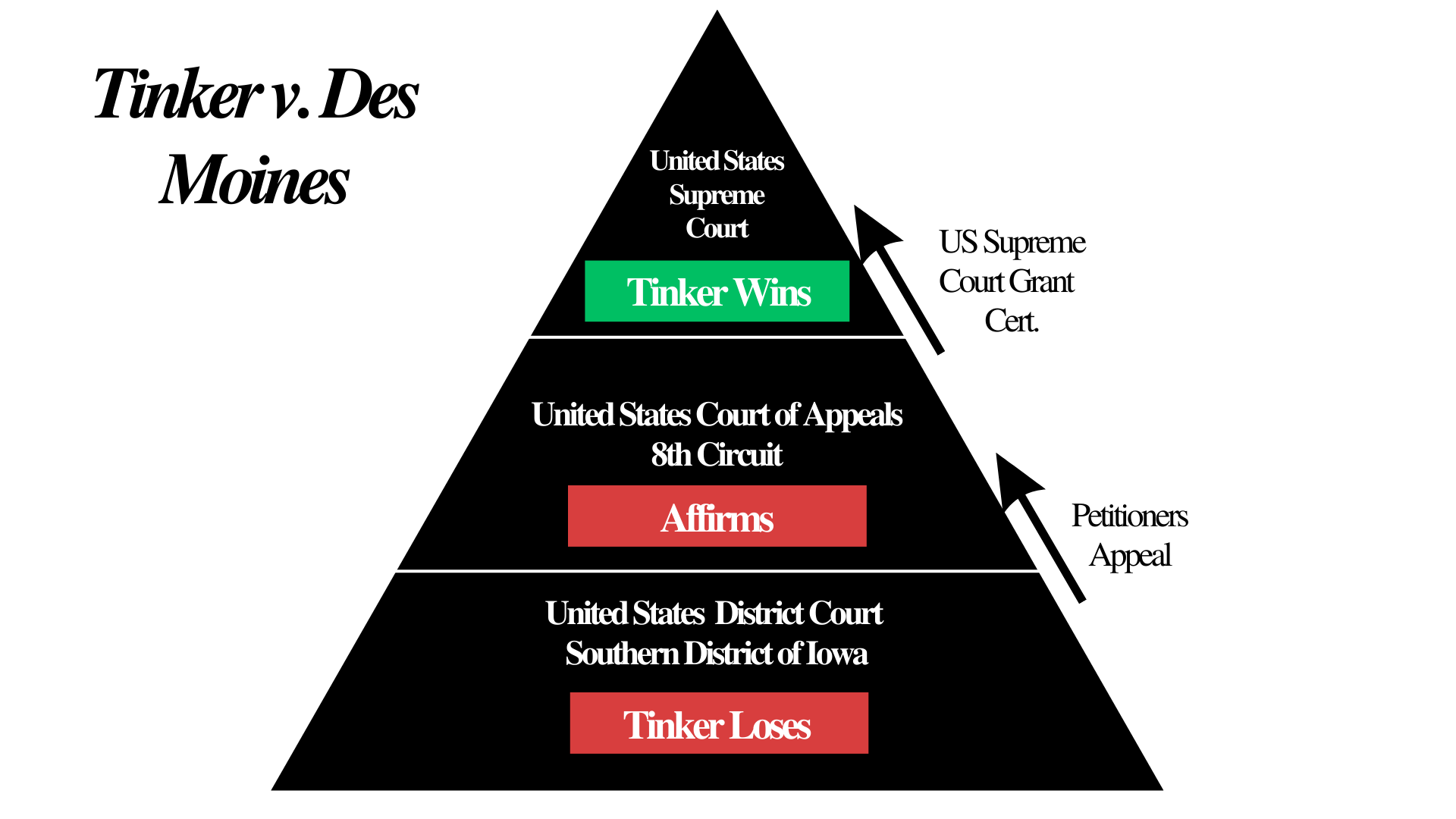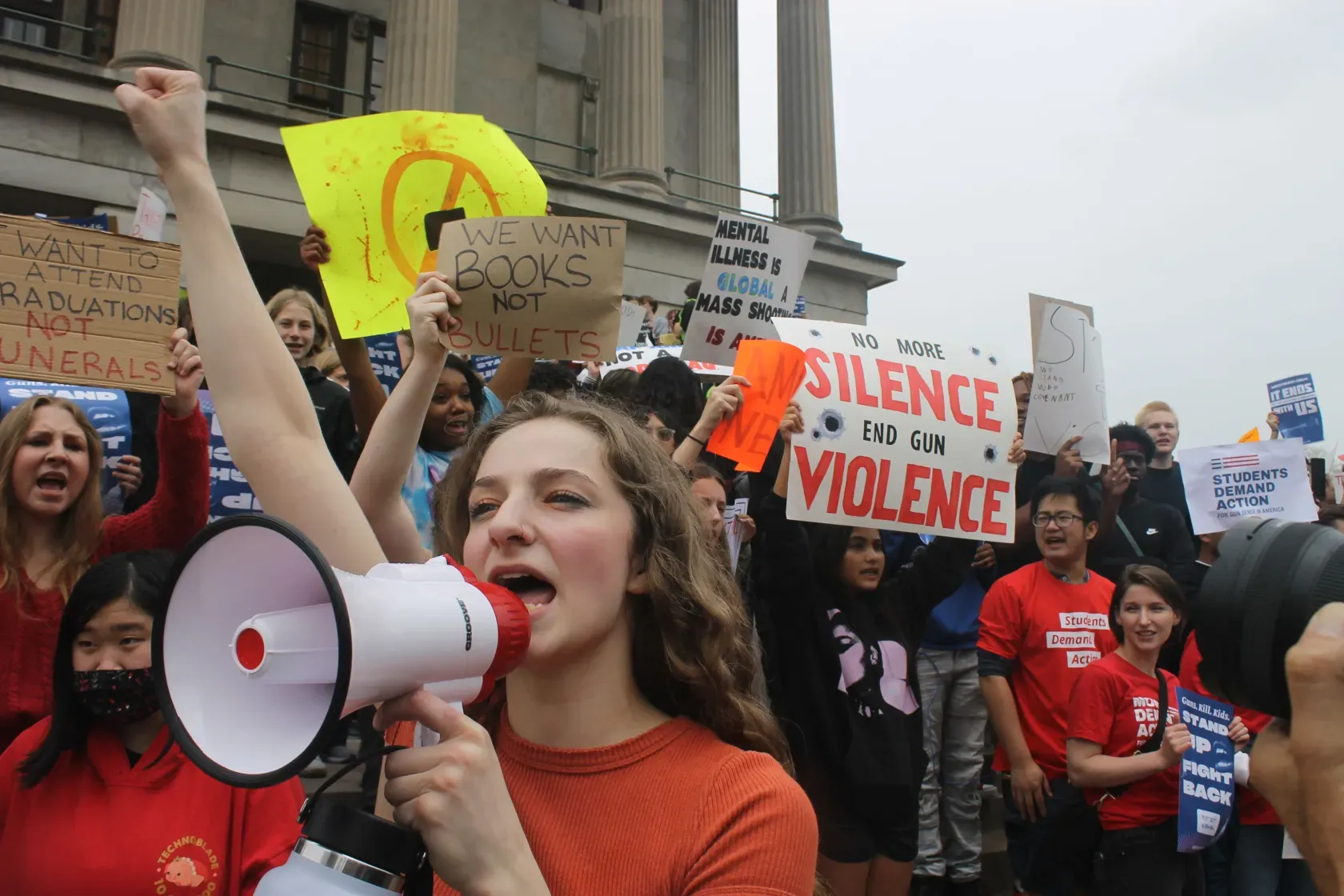Amidst Recent Protests and Political Demonstrations, a Review of a Student’s Right to Free Speech

The recent gun shooting in Nashville, Tennessee has stirred protests at the State Capitol, advocating for stronger gun laws and an assault weapons ban. Among the tens of thousands of protesters, a large proportion of participants are students from various backgrounds and identities.
Historically, extraordinary circumstances such as climate change, gun shootings, and unfavorable public policies have provoked many student communities across the nation to channel their voices. For a while, public discourse in an educational setting has often been met with arrests and tear gas, as well as led to several legal challenges. In the United States, constitutional protections such as the right to speech are guaranteed to students. Nevertheless, a student’s right to free speech continues to be a grey area.
Among many rights that students have, the First Amendment’s Right to Speech gives students the right to hold and voice opinions without school restrictions or retaliation. For many schools, student clubs, journalism organizations, and student leadership teams are often the collective voice of the student community. For individual speech, different forms of media such as writing in the school newspaper to wearing an armband are all forms of protected speech in school. Until the late 20th century, judicial courts often avoided intervening issues in education and therefore gave more discretion to schools over its policies.
In 1968, however, the Supreme Court ruled that public school students do have the right to free speech and that First Amendment protections continue to exist on school grounds. In Tinker v. Des Moines Independent Community School District, a group of public school students planned on showing support for the withdrawal of military intervention in the Vietnam War. Students decided to wear black, anti-war armbands which raised attention to the Des Moines school administration. As a result, the school administration created school policies that would suspend students from wearing armbands. The parents of those students sued the school district for policies that violated the First Amendment.

The United States District Court ruled in favor of the school district. The Court of Appeals affirmed the decision, dismissing the lawsuit. Nonetheless, the Supreme Court agreed to review the suit and overturned the lower court’s decision, ruling in favor for the students.
“It can hardly be argued that either students or teachers shed their constitutional rights to freedom of speech or expression at the schoolhouse gate.” - Former Justice Abe Fortas
But to what extent is free speech protected speech in schools?
...



